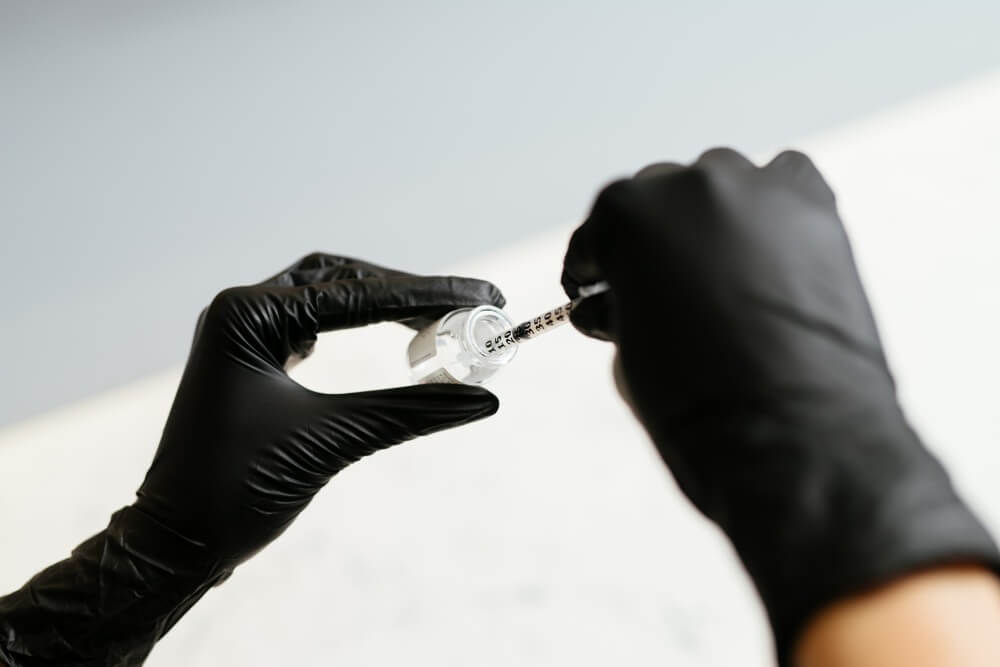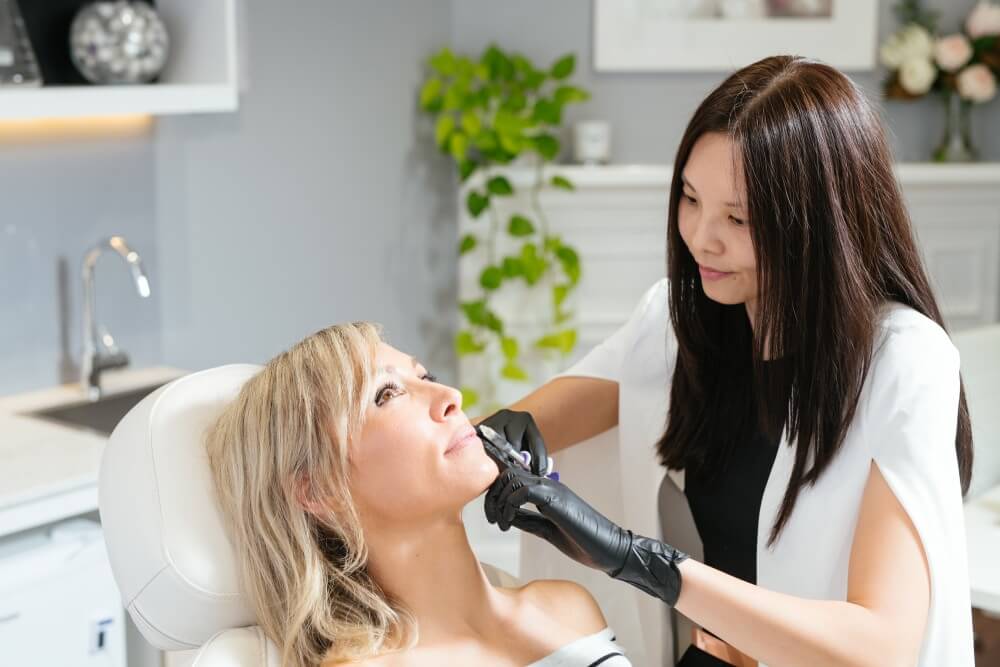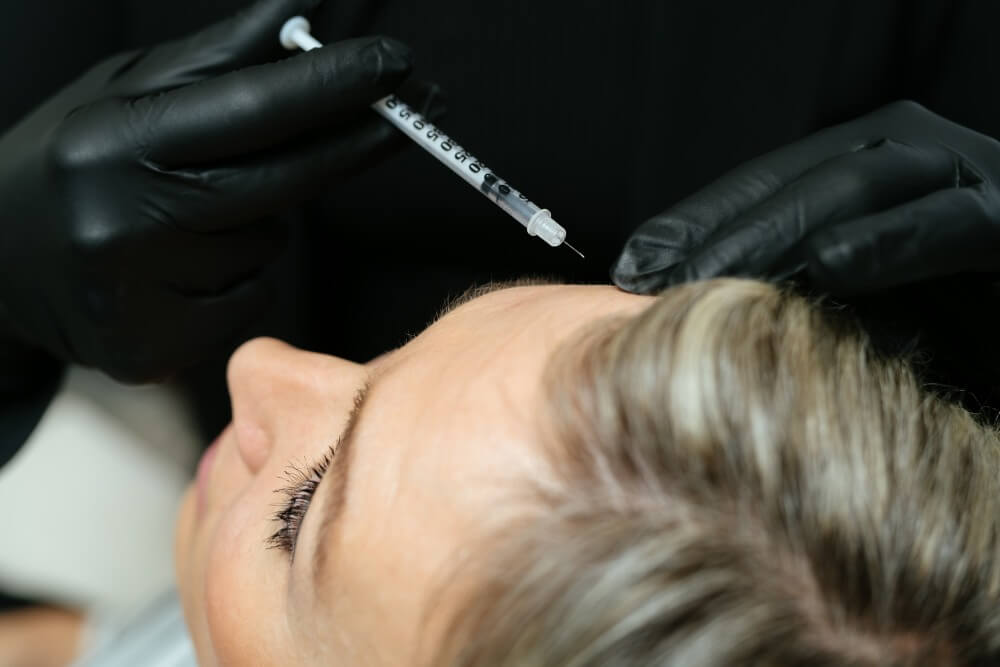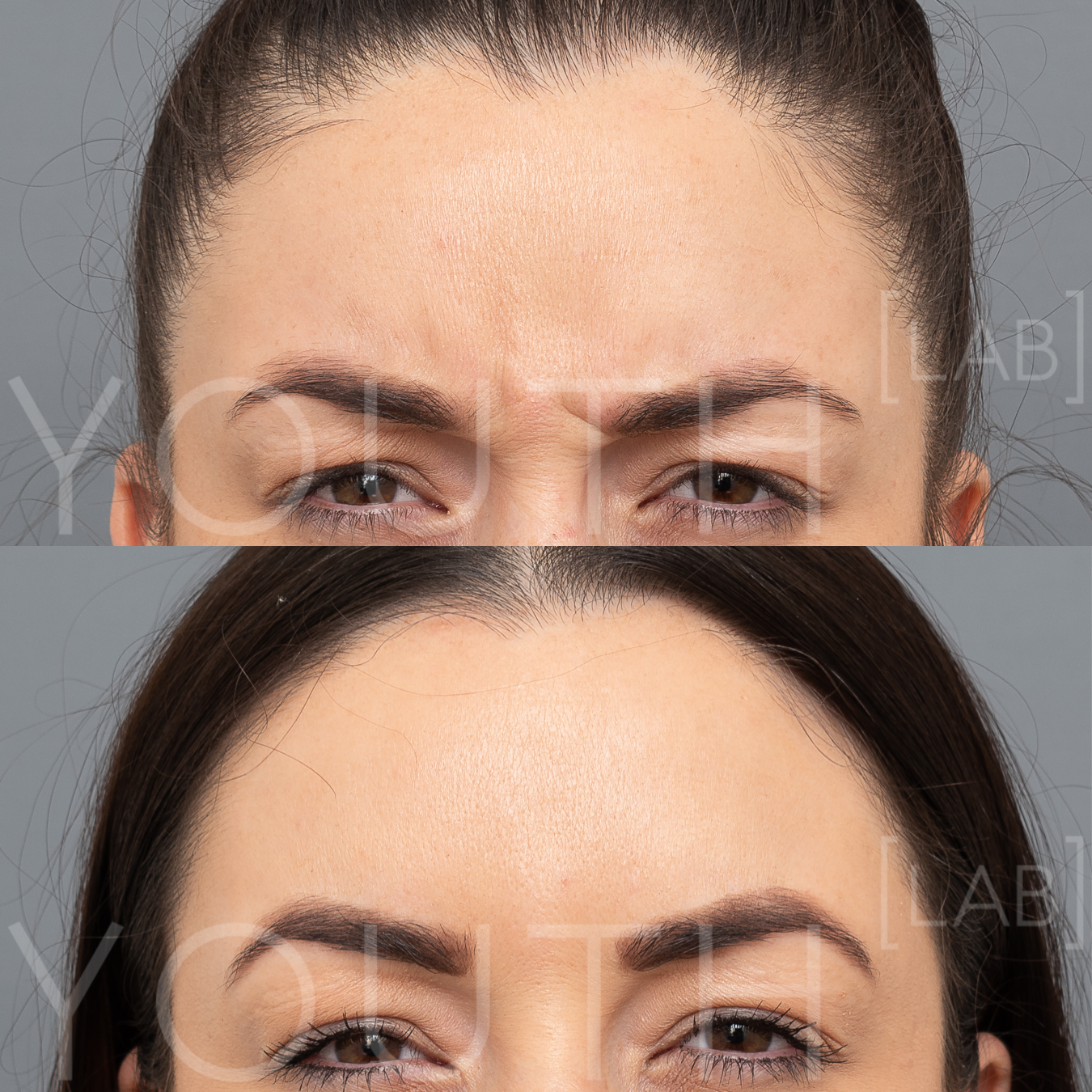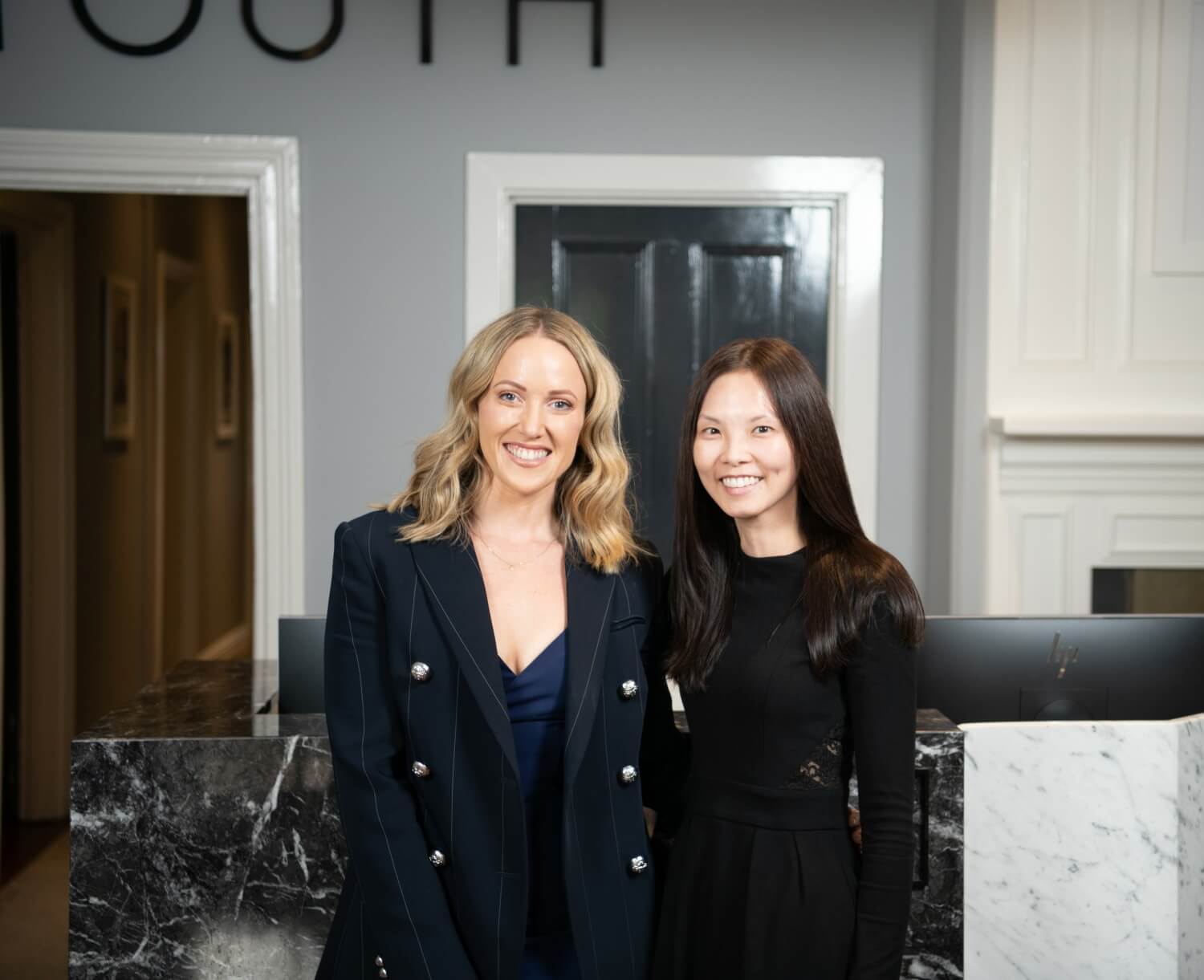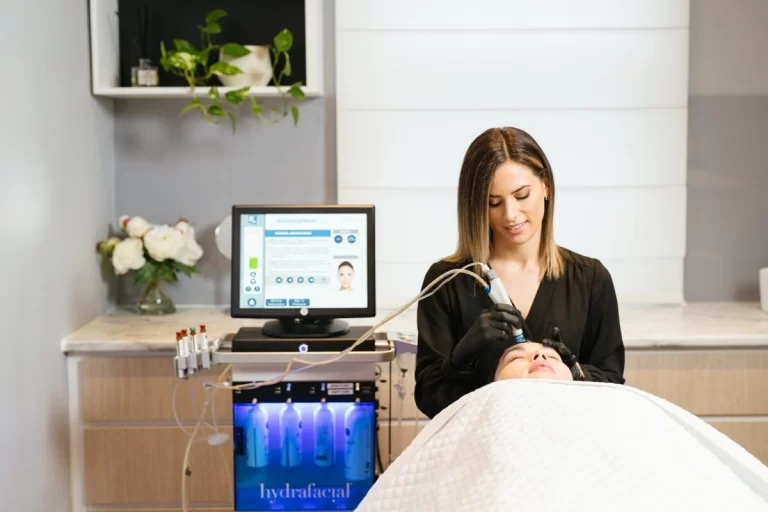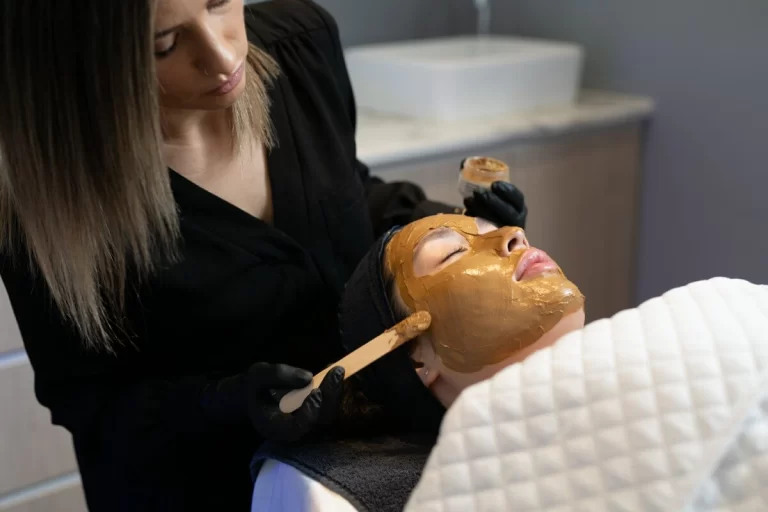I’ve Been Thinking About Wrinkle Relaxers


With lots of my patients having first time Anti-Wrinkle Injections this month, I thought, why not a little Q & A on one of the most popular cosmetic injectable treatments around to help explain some of the finer points of this treatment.
Enjoy.
Wrinkle Relaxers, Muscle Relaxers, Anti-Wrinkle Injections, Neuromodulators…
So Many Names, Why Not Just The Brand Names?
It’s not because we are trying to be cryptic in our descriptions!
Australian Law actually prevents us from advertising prescription medications on our websites and social media accounts, hence we have to use descriptive terms to describe these products.
And yes, wrinkle relaxer is a prescribed medication, which therefore requires the need for a consultation with a Medical Practitioner prior to your treatments.
So, What Really Is Wrinkle Relaxer?
Lets start with the basics. Wrinkle Relaxer is actually derived from a bacteria called Clostridium Botulinum. It was originally intended for use for the medical treatment of conditions such as strabismus (eye squints), spasm of the upper eyelids, limb spasticity and overactive bladders.
As with many things in medicine, we started to see the additional aesthetic benefits in treating these medical conditions, which then translated to utilising the product to primarily treat the aesthetic needs of patients.
In high doses, wrinkle relaxer causes paralysis of muscles but when we use it in the tiny doses that we do for facial treatments, we get the advantages of being able to relax muscles that prevent and treat fine lines and wrinkles, without the adverse side effects.
When Should I Start Having Treatments?
I don’t think we can put an age number on when to start your treatments for the first time.
While we are all ageing (unfortunately!), some of us are ageing at a faster pace than others, or may be exposed to other environmental triggers such as sun, heat and pollution that could be accelerating our ageing process.
When you first start to notice fine lines in areas such as your frown, forehead or smile lines around your eyes, this is usually a good time to start thinking about aesthetic treatments. As a generalisation, this is usually around the mid 20’s for most Caucasian skin types and typically a little later, closer to the 30’s for Asian skin types.
I usually describe the difference between static and dynamic lines to patients when we have our first consultation.
A static line is a line on your face that is present when your face isn’t in motion. A dynamic line is one that only appears when you are animating your face. For example, you may have noticed “number 11’s” in your mid-brow when you frown, the “horizontal lines” in your forehead when you raise your eyebrows or “fan type lines” around your eyes as you smile.
The best time to treat these lines are when they still disappear when you stop the particular muscle movement. We can then prevent these wrinkle from persisting with regular anti-wrinkle injections.
This doesn’t mean that you can’t treat static lines though.
Depending on how heavy and deep these lines are, wrinkle relaxers generally will soften up static lines and with regular repeated treatments we will be able to help these wrinkles from worsening and if need be, we can add other treatments to address these too (such as dermal fillers).
What Areas Can Be Treated?
There are so many options here! The common areas are your Frown, Forehead Lines, Smile Lines or Crows Feet.
We can use wrinkle relaxers in other areas of the face, as well in the body, often with excellent results.
Masseter Muscles
One of my other favourite areas to treat are the Masseter muscles. This is a major muscle for chewing but also contributes to teeth and jaw grinding and clenching. So, if you suffer from jaw pain or your partner complains of you grinding in your sleep, this can be a great treatment option. The aesthetic benefit with this treatment can be a slimmer facial and jaw line which is really quite popular among my patients.
Gummy Smile
Another area of the face where wrinkle relaxer can be used is for a Gummy Smile. During this treatment we address a lovely muscle, which I refer to as LLSAN (purely because it has to be the longest name for a muscle!) which normally elevates the upper lip. By relaxing this muscle activity a little, it helps to reduce the amount of gum that is visible above your teeth when you smile.
Dimply Chin
If you have a “dimply chin” we can place wrinkle relaxer into the mentalis muscle which will help to settle this area down. Moreover, it can also help to prevent the curved line that some people develop around their chin.
Migraines
Wrinkle relaxers can also be used to help with migraines and tension headaches. Injection points are usually across similar areas to the Glabellar, Frontalis and Temporalis muscles. Some patients have mentioned to me that treatment costs are similar to the multiple medications they need to take for frequent migraines but accompanied with the upsides of looking fresher and being wrinkle free!
Hyperhidrosis
Another use of wrinkle relaxers is for hyperhidrosis or excessive sweating. The treatment is mainly applied to the under-arm area, however we can also perform the treatment to your hands, feet, scalp and even in the groin and under the breast area if this is where the excess sweating occurs. The idea here is that the product halts the activity of your sweat glands and this can really be quite a life-changing treatment for patients who are impacted greatly by excessive sweating.
Does The Treatment Hurt?
Such a common question!
And you wouldn’t be the first person to wonder. We use super tiny needles and I try to be as gentle as possible in my technique and talk you through your treatment. Most patients will say that the discomfort was much less than expected.
What Happens During A Winkle Relaxer Treatment?
Your treatment (should) always start with a Consultation.
At your first visit, it’s always nice to discuss your concerns and what you are hoping to achieve from your treatment. Some patients have had aesthetic treatments before and know what look they are wanting, whilst others patients are brand new and open to suggestions.
Personally, I always like to take a full medical history to ensure that there are no contraindications to going ahead with your treatment. With wrinkle relaxers, there are not many absolute contraindications that would stop you from being able to have your treatment, though there are some.
Some of the most common ones are:
-
an allergic reaction to a wrinkle relaxer product (rare but important to note)
-
pregnancy or breastfeeding
-
an overlying skin infection at the injection site
There may be other, more specific reasons as to why you would not be able to have treatment in the area you are wanting which we will be discussed and explained during your consultation.
Clinical Photographs should be taken prior to your treatment which form part of your medical record but also so you have the opportunity to see the before and after comparisons of your treatment.
Your skin is then cleansed in the areas we are going to treat and there will be a series of small pin-prick injections. How many again depends on which area and how much product you are needing.
Immediately following your treatment you may notice tiny areas of swelling, like mini mosquito bites. These marks are usually more evident in the forehead and around the eyes and generally these settle within 10 to 15 minutes of your treatment (just in time for the drive home or the walk back to the office).
There is a small chance of getting some tiny bruises (as with any injectable treatment), especially if you are on any blood thinning agents. These often resolve quite quickly and you can gently ice the treated area if you are concerned.
When Will I See Results And How Long Will They Last?
I generally advise patients when you walk out after your appointment you will look the same as before you walked in. But don’t panic! This doesn’t mean that your treatment hasn’t worked. It takes time for the wrinkle relaxer to slowly tell your nerves to stop sending messages to your muscles to stop working.
You will start to see some change over the following 2 to 3 days and most patients will notice the full effects by 1 week. BUT it does take up to 2 weeks for wrinkle relaxers to fully kick in, so I always advise my patients to wait until the 2 week mark before we start talking top-ups or if you need more product. Your stronger muscles will always take a little longer to settle down, so be patient and give it the 2 weeks.
How long you will remain wrinkle free is generally about 3 to 4 months, however everyone is a little different. If you tend to exercise a fair bit, are in the sun more, lead a high paced lifestyle, then you may find that you metabolise the product a little quicker and hence get about 2.5 months out of your treatment. On the other hand, you may be a lucky one who gets a tad longer out of your treatment.
If you had a lower dose than what is recommended, you will also generally find that your treatment won’t last as long, but you can always decide to increase your dosing as recommended at your next visit.
But, I Want To Keep Looking Natural?
This is such a frequent concern that I hear from patients. And I completely get it!
I’m all about keeping you looking natural and I think some of what is portrayed in the media and reality TV has unfortunately given many people a skewed view of what anti-wrinkle treatments look like.
You can certainly still remain looking natural after wrinkle relaxer treatments. There is no fun in having a frozen, expressionless face and I want to be able to deliver results where you no longer have your lines and wrinkles but are still able to provide emotion and animate your face as you normally would.
It doesn’t have to be a secret that you have treatments but often patients do request that “no one know”, so I also try to ensure that we don’t have what can sometimes be tell-tale signs that you have had a little treatment.
How Much Do I Need And How Much Does It Cost?
If you have been doing your research across clinics you will already have found that not all clinics charge similar prices.
There are many reasons for this – the most common being the quality of product, the amount of product used, the level of training and qualifications of your cosmetic injector and your overall in clinic patient experience (plus aftercare service).
I do like to be mindful of your budget and will always discuss this with you prior to your treatment. Some patients opt to have a lower dose of wrinkle relaxer due to financial reasons which is perfectly fine as long as you are aware that your treatment dose may be sub-optimal and require top ups or may not last as long.
The key is that every patient is different.
We could see two patients of the same age, but both require different amounts of wrinkle relaxer in differing areas. There are so many factors that will impact what you need, so this is why it is always recommended to start with an initial consultation and have a prescribed plan devised just for you.
Why Are Wrinkle Relaxers Such A Secret?
I think a large part of this is probably that it is such an easily accessible treatment. You can walk in and out on your lunch break or before or after work and there is really no down time involved. In the hands of a good injector, you can look fresh and less tired or stressed, without looking over done or unnatural.
Should a patient, male or female, feel embarrassed or vain for having treatments? I feel the answer is absolutely not.
We often spoil ourselves with a new outfit, some new shoes or a handbag or be quite mindful of our food choices and choose healthy and organic meal options, so why should it be different when it comes to our faces?
I feel wrinkle relaxers (as well as our other aesthetic treatments) are part of us looking after ourselves and our well being. It’s all about balance. I think if you feel more confident within yourself because you are putting your best face forward, then it is certainly something to be pursued.
Dr Christine


